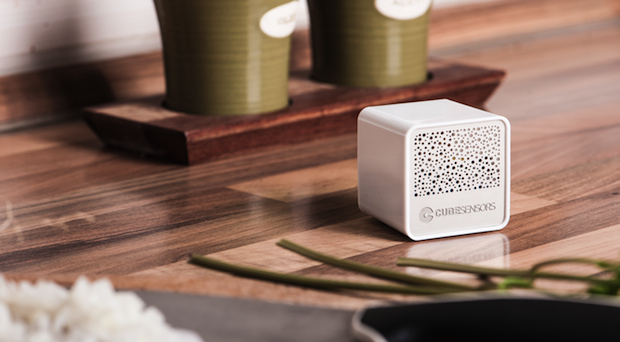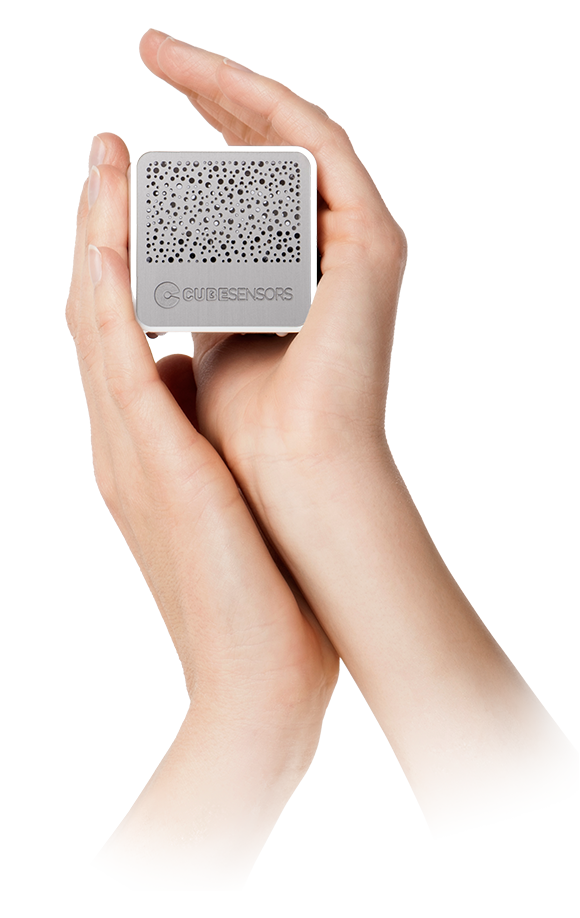Things are getting pretty busy as we’re getting ready to ship our first batch. Firmware development is in its final stages, and we’re taking care of all those little details that are going to add up to a great experience when you receive your pack of CubeSensors in the coming weeks.
One of the important aspects is making sure the Cubes send reliable measurements. We’ve been fine-tuning the sensor readings for months now with extensive testing. For instance, we had to make sure the temperature is still right when the sensor is enclosed in the Cube and subjected to the heat from other components.
One of the things still left to do was to leave the Cubes inside an environmental chamber for a while to calibrate relative humidity measurements. We were able to check off this task today in a real lab. The Cubes didn’t mind a new challenge, and we’re excited at being one step closer to the final product.
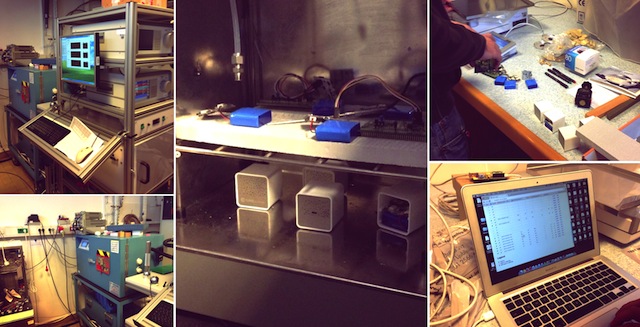
Before flying off to San Francisco in March to win the Best Hardware Award at the Launch Festival, we put together a promo video that showed the very early CubeSensors prototypes. A lot has changed since then. Our Cubes have a more polished look, a brand new app, and more personality. As we’re approaching the shipping date, we thought our Cubes deserved a better intro video.
We booked the sunniest day of the week to team up with Jure Niedorfer, a very talented cinematographer. For the location of the shoot, we chose a very special Active House, built by Lumar, a Slovenian company specializing in environmentally friendly buildings.
The Lumar Active House was the perfect set for our video shoot with its modern interior design. We also got the chance to geek over the control system of the house and play with the touch screen that manages blinds and other parts of the house, including the stereo system that can play a variety of internet radios. The house is even equipped with sensors that can automatically open the windows to improve ventilation and set the right temperature for comfort!
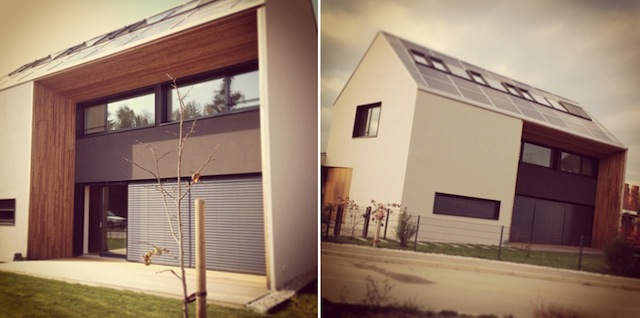
As you might imagine, our Cubes felt right at home in such a smart house. We’re already thinking about how the Cubes could talk directly to similar homes and make them even smarter.
It will take a while to get the final, polished version of the video we were shooting. But to give you a sneak peek of what was going on yesterday, take a look at the short making of video below.
Cooking at home is a great way to keep your family healthier. Yet it can also be a source of indoor air pollution that can even cause respiratory and heart issues. The problem isn’t just with gas stoves. No matter how you do it, frying, grilling or toasting foods will release fine particle pollution, nitrogen dioxide, carbon monoxide and carbon dioxide, and Volatile Organic Compounds (VOCs) right under your nose. The solution? Good ventilation!
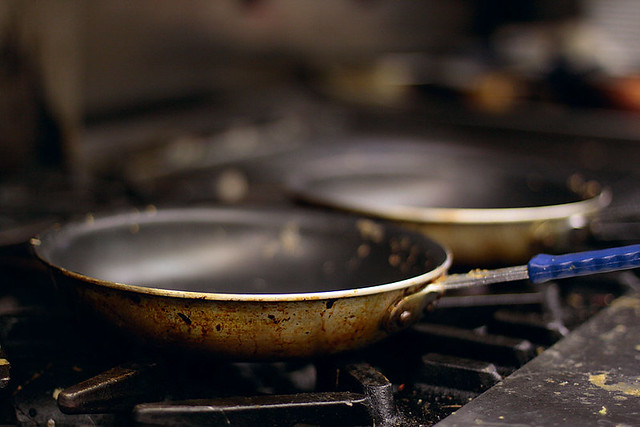
The best way to deal with kitchen air pollution is to install a good range hood that vents outside. Unfortunately, that’s easier said than done. Researchers at Lawrence Berkeley National Lab closely examined representative range hoods and found out that capture efficiency varied from less than 15% to more than 98%. That’s a huge difference!
Most of the hoods performed well at venting exhaust gases, but some some had high capture efficiency, others were quiet, while some were energy-efficient. Unfortunately, it’s rare for a range hood to excel at all these things. Still, you can follow these simple tips when buying a new hood that vents outside for your kitchen:
- find a hood that will cover your front burners;
- it should also have a hollow space underneath to collect fumes;
- be able to move 200 cubic feet of air per minute and
- have a noise rating of 3 sone or less.
You can get more info about choosing your range hood in the following Berkley Lab video, which also includes other general tips on improving air quality at home:
If you have an existing hood, you should always use the highest fan setting that isn’t too noisy while cooking. Even less effective hoods can do their job well enough if you use the back burners, where most of the pollution is captured. And if you don’t have a hood that vents outside or can’t install one for whatever reason, you should open the windows while cooking to get as many harmful gases out of your kitchen as possible.
That’s why it can also be helpful to have a Cube in your kitchen to monitor your levels of indoor air pollution. CubeSensors can alert you when the concentration of VOCs reaches unhealthy levels and whether your hood is too noisy for a comfortable cooking experience.
